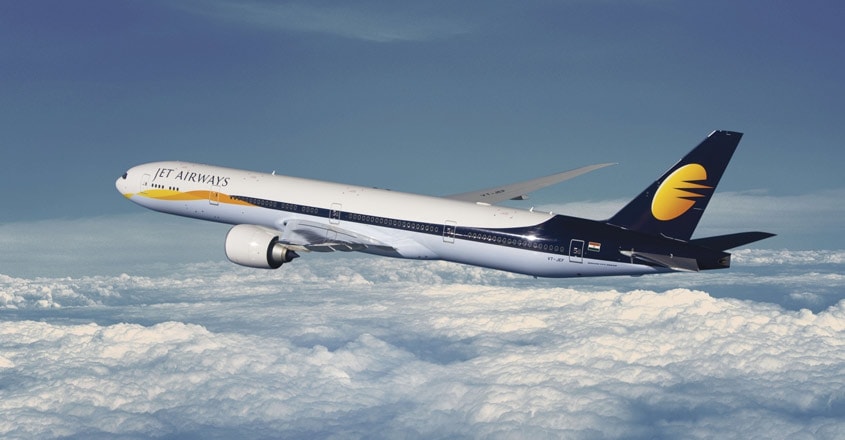How Jet Airways remained afloat till final turbulence

Mail This Article
New Delhi: The question that appeared before most of Corporate India on Monday is: how has Jet Airways managed to remain afloat until turbulence hit it hard forcing its once formidable owner Naresh Goyal to be a minority shareholder in his erstwhile company?
In 26 years of existence, it survived a number of rough patches but managed to come out of the troubled water, but thus far only.
Jet Airways is troubled by debt, unpaid salaries and a grounded fleet whose rentals have not been paid. As the government steps in to keep it going through bankers cum-owners, the question is: how did it manage for most of these years?
After the monopoly to the State-owned carriers to operate as scheduled airlines ended, Jet Airways started full-fledged operations. Through the Open Skies policy of 1992, which called for liberalisation of commercial aviation, Jet until 2015-16 paid among the highest salaries, spending Rs 67.04 lakh annually, on each of its pilots.
The promised free-market environment for the airline industry saw other private players such as ModiLuft, Air Sahara and East-West Airlines. While ModiLuft and East-West ceased operations in 1996, Jet acquired Air Sahara in 2007 as Sahara went bust.
Jet grew in the 1990s and early 2000s. In 2004, change in government policy for private carriers came when the Union Cabinet approved a proposal to allow "eligible" Indian scheduled carriers to operate on international routes.
"Only Indian scheduled carriers with a minimum of five years continuous operations and having minimum of 20 aircraft in their fleet will be allowed to operate on international routes," read the official statement issued on December 29, 2004. Jet fitted the brief and benefited immensely from the policy till 2016 when it was scrapped.
In 2003-04, Jet Airways enjoyed a domestic passenger market share of 44 per cent, but gradually, the airline started ceding the ground it had once won from Air India. By 2005-06, Jet's market share fell to 36 per cent and the following year, while still being the leader, Jet's standalone market share fell to 27.7 per cent.

As per the Directorate General of Civil Aviation (DGCA) data for February 2019, at a market share of 10 per cent, Jet Airways had dropped to the fourth place, behind IndiGo (43.4%), SpiceJet (13.7%) and Air India (domestic, 12.8%).
Before that over the years, Goyal also bonded well across the international aviation community, managing to leverage some of these during times of trouble. One such relationship was with the Abu Dhabi-based carrier Etihad Airways, which, aided by relaxed FDI rules, picked up stakes in Jet.
Goyal owned a majority 51 per cent stake in the airline, with Etihad holding another 24 per cent, both of which now stand at half respectively.
But it all went with bad management and tight competition.

